Interested in British Museum ghosts? The British Museum is one of the world’s leading preservers of art, knowledge and culture. For more than 260 years, the Bloomsbury-based museum has collected objects from across the globe – many of which come with dark and mysterious backgrounds. Noah Angell, (an artist and researcher with a focus on oral history), believes these objects possess paranormal energy and has been interviewing current and former museum staff about their own ghostly experiences. DAVID SAUNDERSON spoke to Noah about his interviews to learn more about British Museum ghosts.
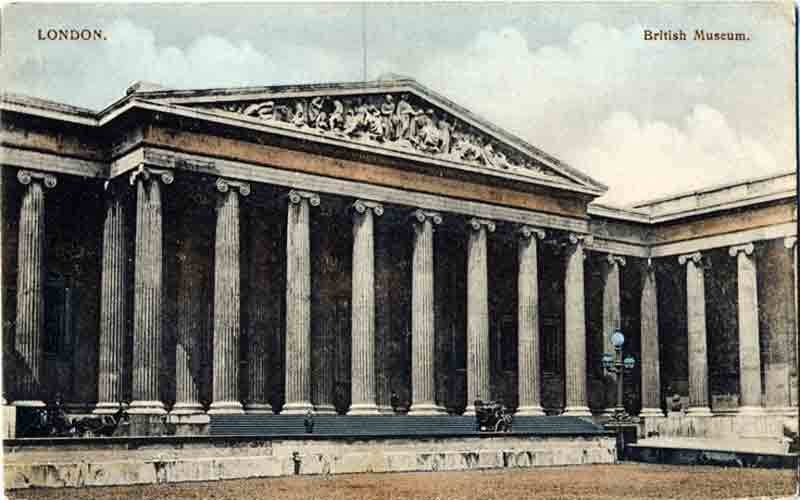
British museum ghosts interview with Noah Angell
SPOOKY ISLES: Hi Noah, first off, how did you initially become interested in researching British Museum ghosts?
NOAH ANGELL: I was at the pub for a friend’s birthday drinks. It was cacophonous, everyone around the table was talking excitedly about something but I couldn’t make out a word. I inquired and was told that everyone sitting around the table had once worked at the British Museum, and that they were discussing ghost stories.
I had to clarify that these were ghost stories of the British Museum itself – that the museum was haunted – they were adamant that this was so. It seemed to be common knowledge among them. I thought there’d be a half dozen or a dozen stories which everyone knows, that they circulate and variations are produced in their retelling, what I found instead was that people who’d worked there for 20 or 30 years had sometimes just one incident that they couldn’t get their head around, that they were itching to share with someone…
Had you had any previous experience investigating ghosts or hauntings? What were your beliefs before this project?
I wouldn’t say investigating. Prior to this project I had my own experiences with such things. For me it is not so much a matter of belief, but of experience.
Tell us more about those experiences.
I’m from North Carolina, in the Southern United States. We had a lot of trauma there – the brutality of early colonial times, conflict with and explusion of Native Americans, slavery, the Civil War, ongoing violence and injustice. The South is quite haunted, it’s full of ghost stories, and African storytelling traditions and those of the British Isles also feed into that. I had my own experiences of ghosts you could say, but also in the context where I grew up they were a means of understanding conflict, loss, trauma, of the persistence of all of this history one could say.
Back to the British Museum ghosts. It must be quite difficult getting staff to talk – how have you found them?
You’d be surprised. I get the feeling that this lore rarely reaches outside the museum’s walls, and that there are few people in a position to understand their experiences, so when I come around as an outsider with a serious interest in their experience, they can be forthcoming. Some were referred to me by folks who I’ve previously interviewed or folks who have come on the walking tours I’ve been leading. Some are tips from people I’ve interviewed already, some e-mail me. I’ve found people online and messaged them. Some museum workers saw the exhibitions and publications about the project and decided to contribute.
Have there been any experiences that have made your reconsider your beliefs, or at least think ‘Wow!’?
There have been many moments of revelation, many stories that challenged my understanding. Generally speaking there seem to be different categories at play here – contested objects, ritual objects that still retain a charge, over the years there have been deaths on site which sometimes leave a presence, things that show up on CCTV, things that show up in visitors’ cameras, things that come and go with temporary exhibitions.
There are many varied operations… there’s a lot going on in there. There is a lot that one can draw from all of this, but broadly speaking it has caused me to rethink what exactly a museum is. The workers, whom for the most part do not self-identify as believing in ghosts, all tell me ‘objects hold energy’, this they agree upon. They say sometimes people choose to come along with the objects.
The current discourse to do with contested objects for instance treats the objects as pawns – they become objects of contention between nation states with already troubled histories. These stories I’ve collected seem to suggest that the objects themselves protest… and of course since I began this project I’ve met people from all sorts of museums who tell me their museum is also haunted, and behind the scenes people go to great lengths to manage these presences, so my conception of the museum has changed in extraordinary ways.
What are the areas in the British Museum that have the most ghost sightings or experiences?
Well, without going into too much detail here: The Upper Egyptian (Mummys) gallery, Sutton Hoo, Gallery 4 (Lower Egyptian), the North and East stairs, and storage is a category unto itself and museum storage is a category unto itself. These things that are never exhibited or even see the light of day which seem to stew in their own latent power.
Do you feel a sense of the paranormal when you visit these areas?
Well knowing what I know, having heard first hand from people who were not looking for a “paranormal experience” but who were going on about their business, it’s hard not to have their experiences shape my understanding of what goes on in the galleries, but I’m collecting stories, not seeking out encounters.
You’ve done over 30 interviews describing 100 haunted incidents at the museum. With that knowledge, could you describe a typical paranormal experience in the building?
I wouldn’t posit a typical paranormal experience – they are quite varied. Firstly, I would say everyone encounters this phenomenon at the level of their labour – so for security personnel an alarm goes off or someone is sighted and then disappears, or for a visitor services person a visitor might find an anomalous image on their camera and ask the nearest person in uniform what exactly this is, of course cleaners, restoration people, curators, folks who mind the cctv feeds. they all encounter these things from a different position.
Secondly, and within all of that, whether people self-identify as believing in ghosts or not, they just have different ways of experiencing these things. Some see things, some hear things, some register temperature shifts, some describe objects which move; whether it’s a stapler on someone’s desk or a three-tonne plinth that moved in storage overnight unassisted.
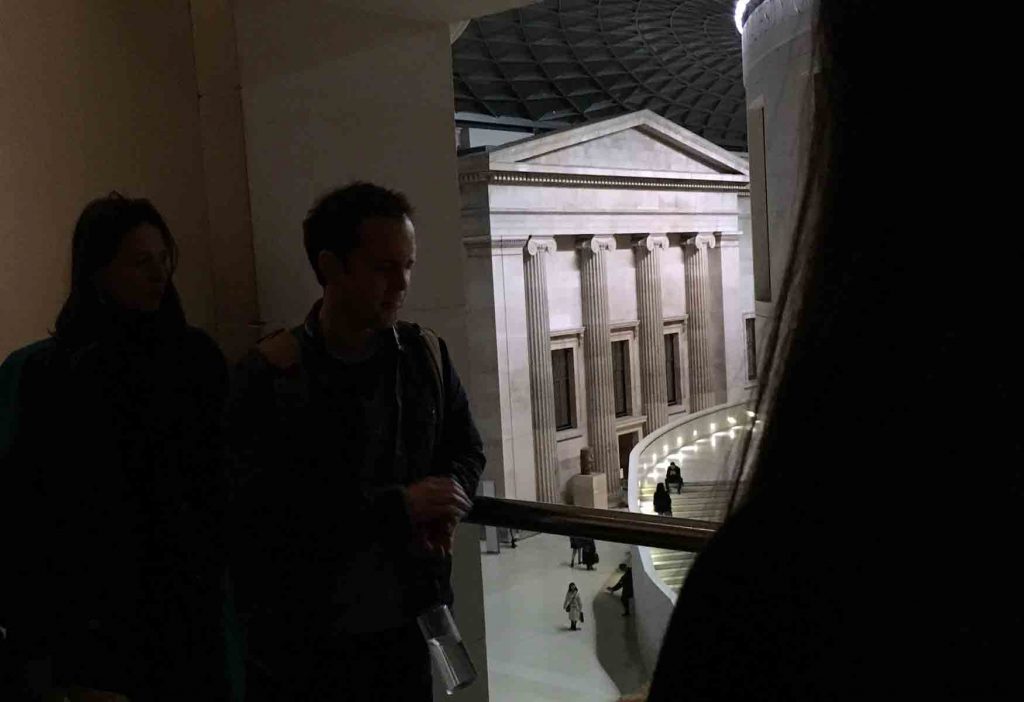
You published some of the findings in a 2018 booklet titled “Ghosts of the British Museum” – now out of print. What do you plan to do with the rest of the information?
I am working towards a more comprehensive book, one that tells many of the stories, provides an analysis linking them, and a downloadable audio guide that will come along with the book. There may be other outputs but this is my focus for this project at present.
You also run tours of the British Museum – which I went on recently – which reveals some of the tales you’ve discovered. Why have you been running the tours?
It’s been very enriching for the project, so encouraging to take different groups of people around and to see their response. To tell these stories in the presence of the objects or at the site where the incident occurred, and to experience the architecture and the collection through these encounters, it’s opened a lot up. We get folklorists, museum professionals, occult people, all manner of punters, and it really makes them think. As a practice, I love to hold the space with storytelling for an hour and a half, and to elevate the experiences of museum workers because I worked in a museum for years myself, and a lot of these folks are very observant and nobody asks them what they see.
How can someone contact you if they have experienced the paranormal at the British Museum?
Thank you for asking. I am still collecting stories. Anyone with any relevant information can contact me at [email protected]. I would love to hear from you.
NOAH ANGELL regular runs ghost tours at the British Museum. You can find out more about Ghost Stories of the British Museum Walking Tour here.

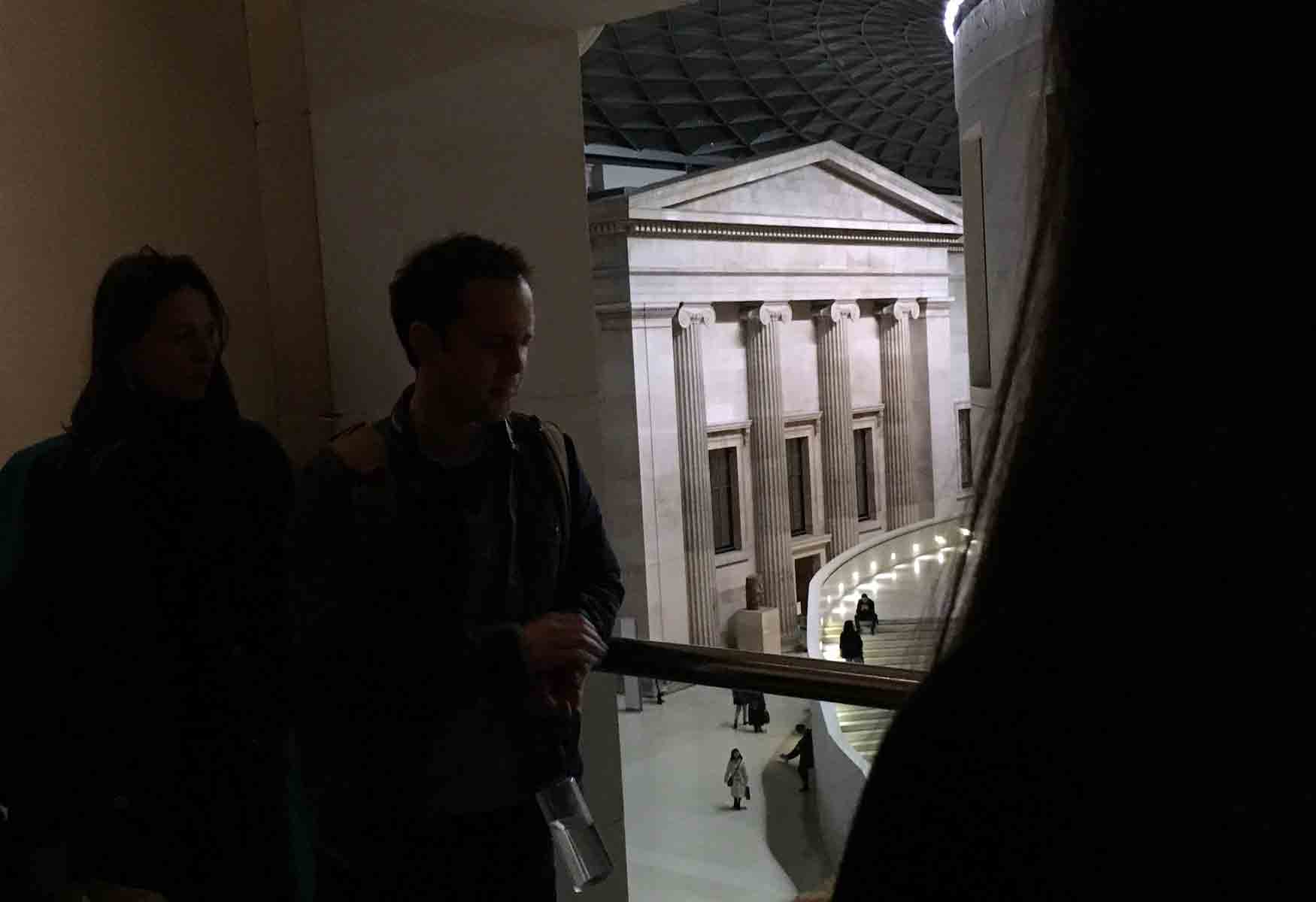
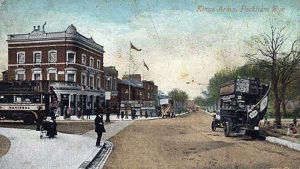
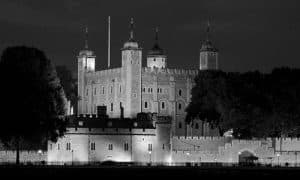
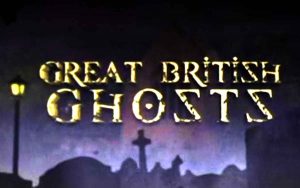
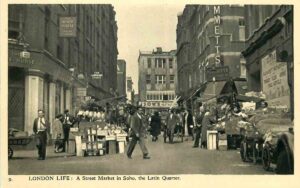

1 thought on “British Museum Ghosts: An Insider’s Guide To Its Hauntings”